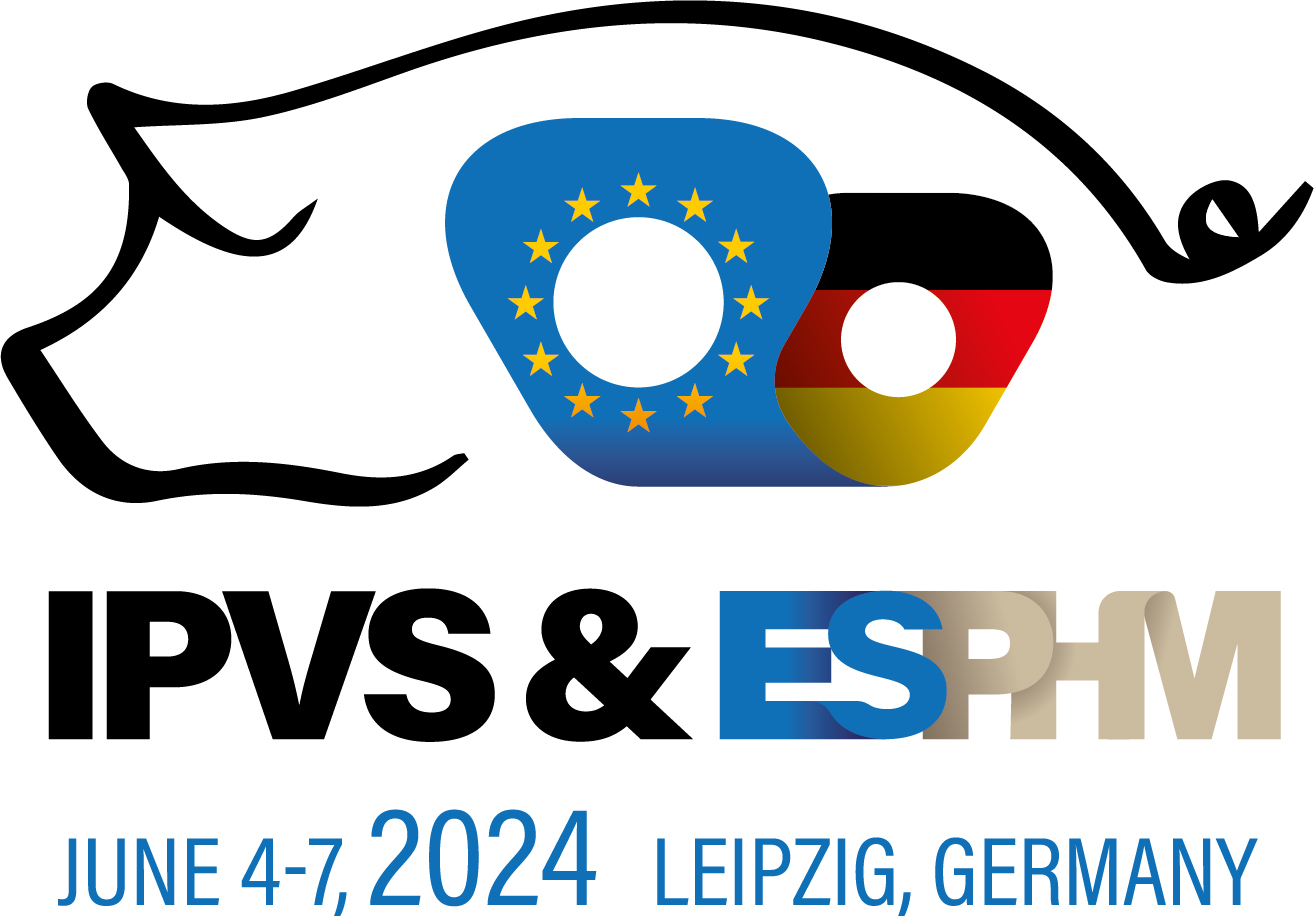
Dr. Carlos Piñeiro
Animal Data Analytics SL
Spain
Biosketch
EDUCATION
Veterinarian by the U Complutense de Madrid, Diploma of Advanced Studies in Animal Production by the U Politécnica de Madrid and PhD by the U of Meiji-Tokyo, Diploma by the European College of Porcine Health Management, and specialist in Environmental Impact Assessment by the U Politécnica de Madrid. Member of the Spanish Working Group for the discussion of the Industrial Emissions Directive. Member of the Spanish Focal Group for the Digitalisation and Big Data of the Agro-livestock sector in Spain and member of the Board of Directors of the National Association of Scientific Pig Farming (ANAPORC).
For 23 years, Director of Animal Data Analytics SL, working currently in Europe, LatAm and Asia.
PROFESSIONAL EXPERIENCE:
Expert in data management and analysis in animal production and health. Expert in applied research under commercial conditions. Director of 42 national and international applied research projects, 44 publications in indexed scientific journals, 181 communications in scientific congresses and 8 chapters in books specialised in production, animal health and environment. A regular contributor to journals and websites.
Abstract
The swine industry is struggling with uncertain and challenging times. Raw materials availability and feed prices related to weather in different parts of the world, endemic and epidemic diseases and zoonosis, the restrictions in antibiotics used to tackle antimicrobial resistance, welfare regulations, environmental emissions control, either related with nitrogen and CO2, biosecurity growing standards, social pressure, including anti-meat organizations and a general lack of farm staff properly trained defines a demanding scenario, although this factors show a high variation worldwide.
The main goal is sustainability, including its three components: efficiency, environmental emissions, and social aspects. There is widespread agreement that the only way to achieve sustainability is through the digitalization of the sector, using in a routine those tools that generate data that later on will be used smartly to answer the questions that will drive both the daily and strategic demands of the industry. Now, the technology is, in many cases, mature enough to be used reliably. Moreover, the knowledge about the digitalization process generates a massive amount of data from different sources that can be used now to generate high-quality information, not only to generate alerts and dashboards for monitoring, generally present, but also to run explanatory statistics, different types of artificial intelligence algorithms (mostly machine learning) running real-time to almost real-time and even prescriptive analytics that reinforce the role of the swine vet, involving every area of the productive chain. Well-used, they are terrific tools for swine vets.
